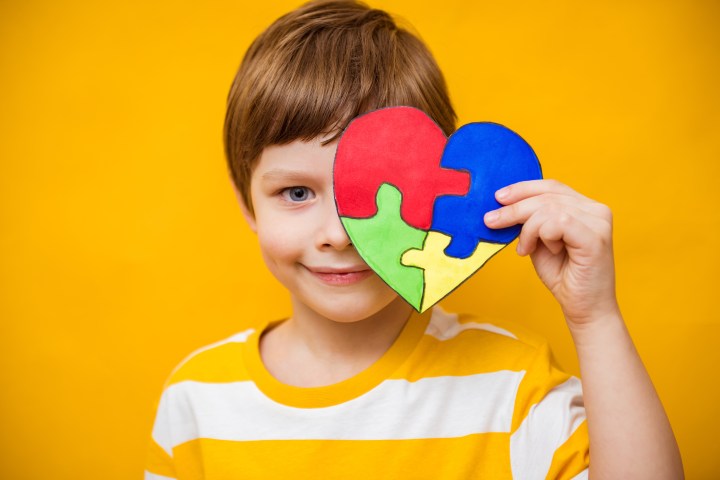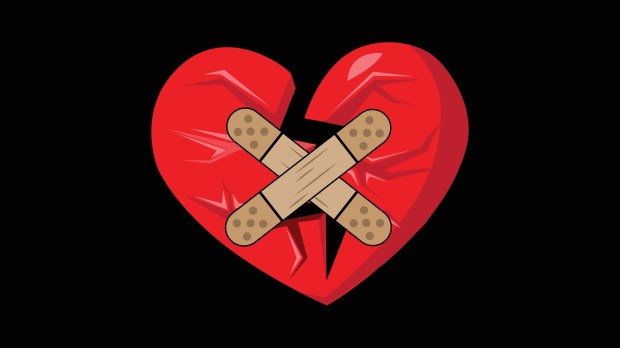Two weeks ago I was talking to a psychologist friend of mine whom I had not seen in a long time. During the conversation, we ended up discussing the importance of taking children to a psychologist when they need it and not letting the moment pass.
She told me that in her practice they’d noticed an increase in cases of children with psychological problems, many of which are clearly related to the pandemic. Feelings of loneliness, anxiety, sadness, and fear now invade the heads of many of our children due to everything that has happened.
What are the first warning signs to look out for in order to detect a real problem?
My friend told me that, contrary to what is often thought (and said), tears are a good indicator that something is wrong. Many times people label crying as a sign of laziness, weakness, or sentimentality. However, no one cries for fun. Therefore, if our children are crying, they’re expressing some kind of discomfort or suffering.
As parents, we have to stay up to date on what’s happening in our children’s lives. This means asking them how they are, and having conversations with them, without distractions or interference (i.e. cell phones, computers, etc.). If you have several children, you should look for opportunities for one-on-one time for these conversations. If it doesn’t happen organically, you can schedule these talks by going for a walk with each child, for example.
Given the opportunity, it’s possible that our children will open up about having a rough time at school because there’s a subject they’re struggling with or a classmate making their life impossible. Equally, the problem might be their siblings teasing them a lot at home.
When is it time to take action?
With regular conversations such as these, we tune our antenna and get an idea of where to direct our efforts to help our children. With this constant contact we can build an image of what’s going on in their life (which we always have to corroborate) when we’re not around.
At home, my children and call these mommy-child moments “little chats,” which often take place while we’re lying on the bed just before bedtime. And the kids love it. Sometimes they’re chatty, but other times I have to find the right question to get them to tell me something.
My friend tells me that as soon as these words become expressions of wanting to die to stop suffering, of not being able to go on any longer, of feeling invisible at school and being unhappy, we have to sound the alarm. Even if we simply notice that the child has poor social skills, it’s time to take action.
Misplaced sense of responsibility and guilt: two problems that steal their happiness
My friend explains to me that another factor to take into account when taking a child to a psychologist is to check if they aren’t coping well with life’s setbacks, taking misplaced responsibility for some negative event and blaming themself for it.
This can happen when a specific event in the family hasn’t been well explained to them with words that they can understand, dosing the information according to their age. For example, they may have these feelings related to one of the parents losing their job, an illness of a family member, fighting or separation of the parents, or any other traumatic event.
In such cases, therapy will be directed to try to determine at what moment the child took responsibility for what happened and to help them overcome the feeling that it’s their fault.
Forming a team: parents/teacher/therapist
In order to validate the information offered by our children, it’s important to talk to their teacher at school. And we should complete the triangle by involving a therapist who will get to know our child.

The best thing about involving their teacher and a mental health professional is that they can form a team together with the parents. They should stay in touch with each other, so they’re all aware of the children’s progress or setbacks. This has its advantages, because if the teacher knows the problem first hand, for example, in addition to treating the child with more affection and patience he or she will be able to help them better.
When you talk with them, find out if they’re happy.
All good parents want their children to be happy. This is indisputable. Usually, we can tell whether or not they’re happy just by being attentive to their gaze and facial expressions. This requires being present and observant.
In fact, the thermometer to evaluate if therapy is working is to see if our children are getting happier. Have they regained joy in life? Are they calmer at school? Are they getting better at relating to others?

If so, you’re on the right track.
Taking care of our children’s mental health is one of our fundamental responsibilities as parents. We shouldn’t be ashamed to ask for help: if our child sprains his ankle at school, don’t we take him, without hesitation, to the doctor where he’ll have an x-ray and a brace on his ankle? Well, if our child’s mental or emotional health is suffering, the solution is to take him to the corresponding health professionals where therapy can help heal the wound.



